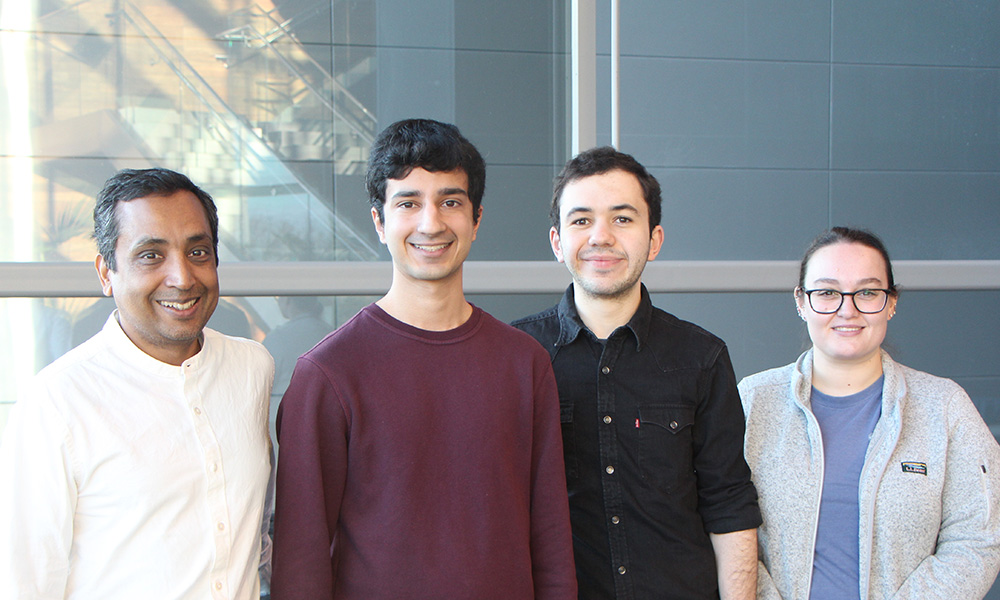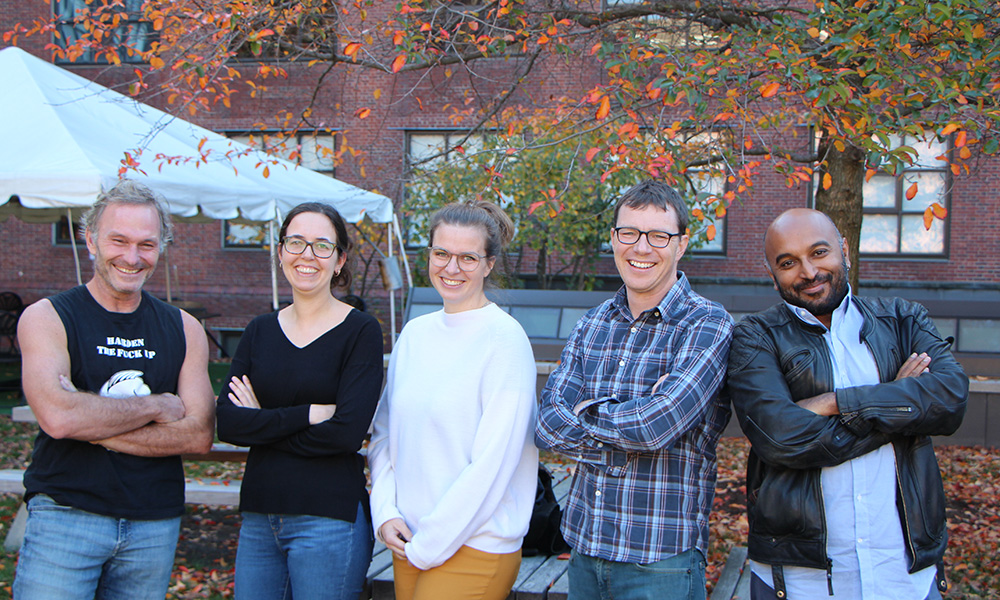The human brain is understudied when it comes to its cellular, subcellular, vascular, and neural micro-organization. This lack of data has a huge impact on our understanding of…
Tag: Publication
Garner Lab Discovers How Bacteria Control the Number of Protein Machines Building Their Cell Wall
Experiments by the Garner Lab have yielded insights into how bacteria control their rate of growth of their external cell wall in response to the nutrients they are…
Rats Take Their Time When Learning and Earn More Rewards Overall, Study Finds
A recently published paper, authored by alumni of the Cox Lab and the MCO program, suggests that slow initial decision making can lead to reaping big rewards through…
A Signature Brain Wave That Signals Windows of Brain Plasticity [Hensch Lab]
Researchers from the Hensch Lab—led by MCB faculty Takao Hensch, Curriculum and Pedagogy Manager Kathleen Quast (Ph.D. ‘13), and then graduate student Rebecca Reh (Ph.D. ‘15)—have identified biomarkers…
Learning to Grow “Neural Tubes” In Vitro Yields Insights Into Human Embryonic Development [Ramanathan Lab]
Researchers in the Ramanathan Lab asked how the human embryo – and in particular an embryonic tissue called the neural tube, which gives rise to the spinal cord…
Directed Morphogenesis of Early Human Spinal Cord and Locomotor System [Ramanathan Lab]
A study from the Ramanathan Lab, helmed by graduate student Yusuf Ilker Yaman, has shed light on how developing human embryos take shape. The paper appears in the…
Denic Lab Discovers an Ancient and Essential Translation Factor Chaperone
Billions of years ago, the first eukaryotic common ancestor split from its archaeal lineage with a distinct set of genes, the majority of which many of us (eukaryotes)…
Dulac and Zhuang Labs Create “Cell Atlas” of Aging in the Mouse Brain
Research led by Harvard Junior Fellow William Allen, a joint postdoctoral fellow in Catherine Dulac’s and Xiaowei Zhuang’s Labs, has generated a “cell atlas” of RNA expression in…
Larval Zebrafish Avoid Obstacles When Escaping Predators [Engert Lab]
In a daily fight for survival, primitive nervous systems evolved the ability to escape from predators using reflexive reactions that save animals from being eaten. As nervous systems…
Learning the Rules of Cooperation from Ants to Make Collaborative Robots
Collective problem-solving is a prominent signature of animal societies. It’s a hallmark of the human race, but we’re not the only ones. Ants, like us, cooperate with each…











